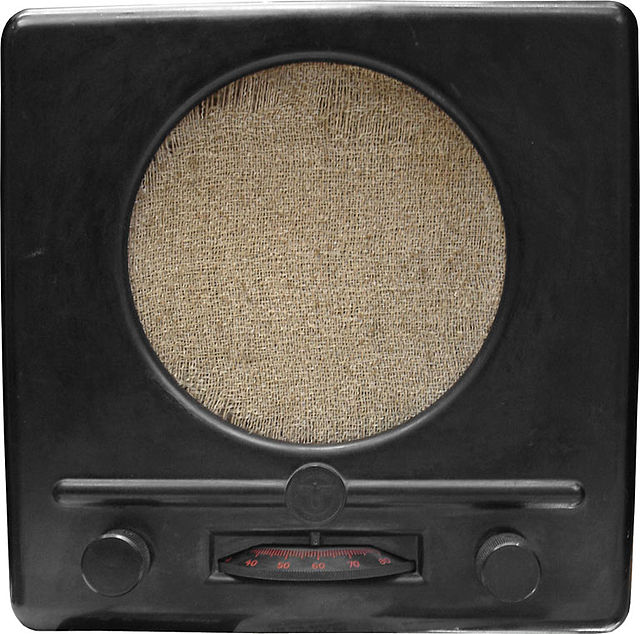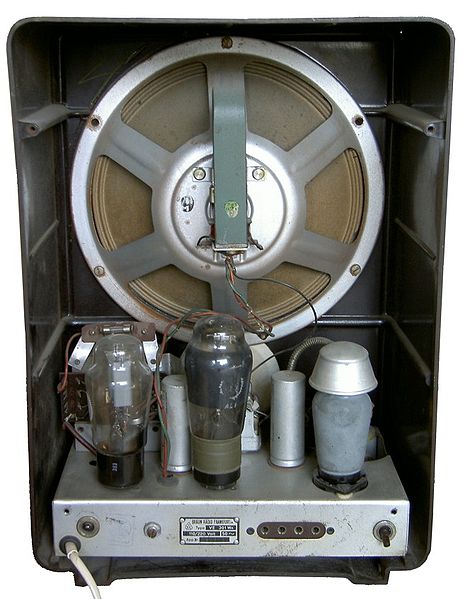The Volksflugzeug was a grand Nazi-era scheme for the mass-production of a small and simple airplane in the 1930s. It was one of the attempts of the Nazi regime to use consumer technologies as a propaganda tool.
Unlike the Volkswagen car, the showpiece of the Nazis’ attempt to appear to work for the good of the average German, as well as the less-known Volksempfänger radio, the Volkskühlschrank refrigerator and the Volksgasmaske gas mask, the Volksflugzeug project was contemplated but never fully realized.
The Fieseler Fi 253 Spatz, one of the planes that were developed based on the concept of a Volksflugzeug.
The Etrich Sport-Taube at the National Technical Museum (Prague).
The Zündapp 9-092, one of the light engines used in 'Volksflugzeug' planes
The Volksempfänger was a range of low-cost radio receivers produced in Nazi Germany, developed by engineer Otto Griessing at the request of Joseph Goebbels, the Reich Minister of Propaganda.
Volksempfänger VE301 - The distinctive Bakelite cabinet was designed by the architect and industrial designer Walter Maria Kersting.
Deutscher Kleinempfänger, DKE 38 (built from 1938 to 1944)
1936 Nazi propaganda poster, promoting the use of the Volksempfänger. The text can be translated as, "All of Germany hears the Führer with the People's Receiver".
VE301 WN interior components







